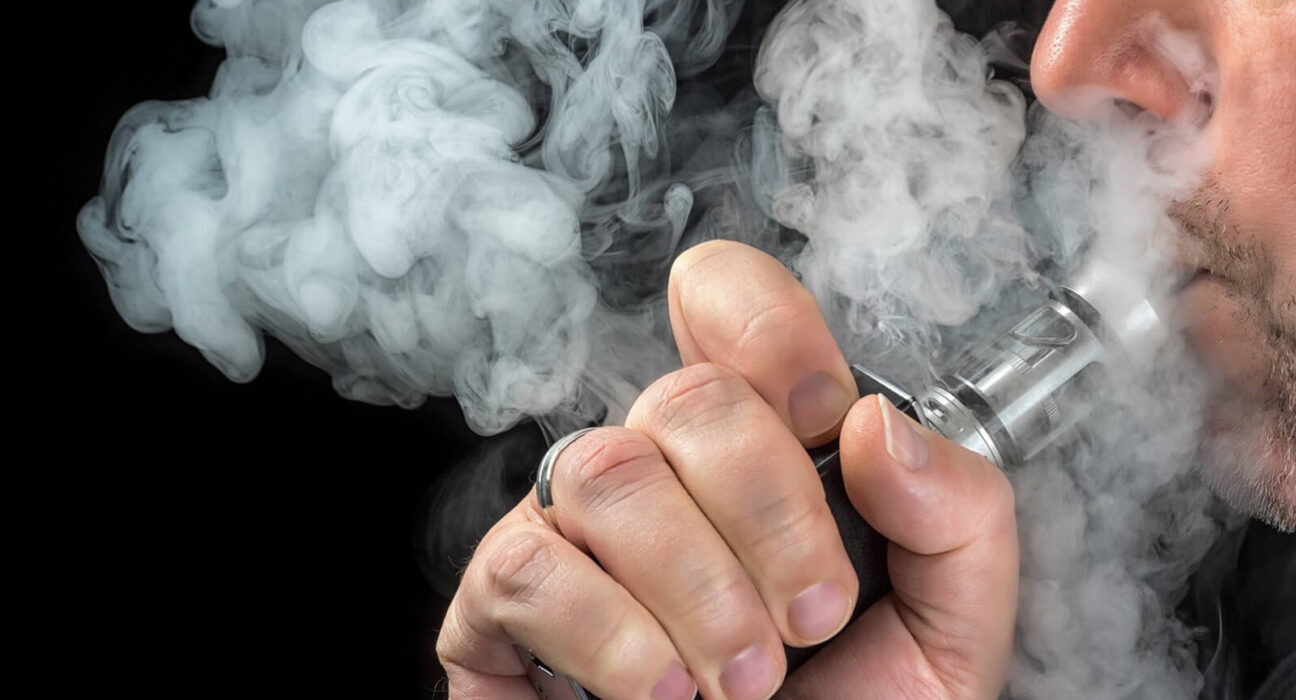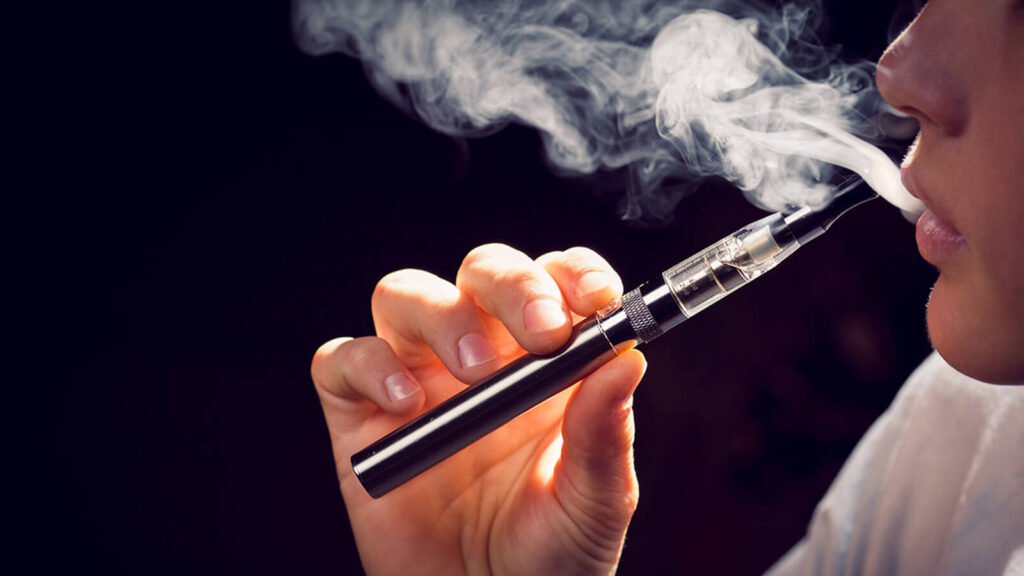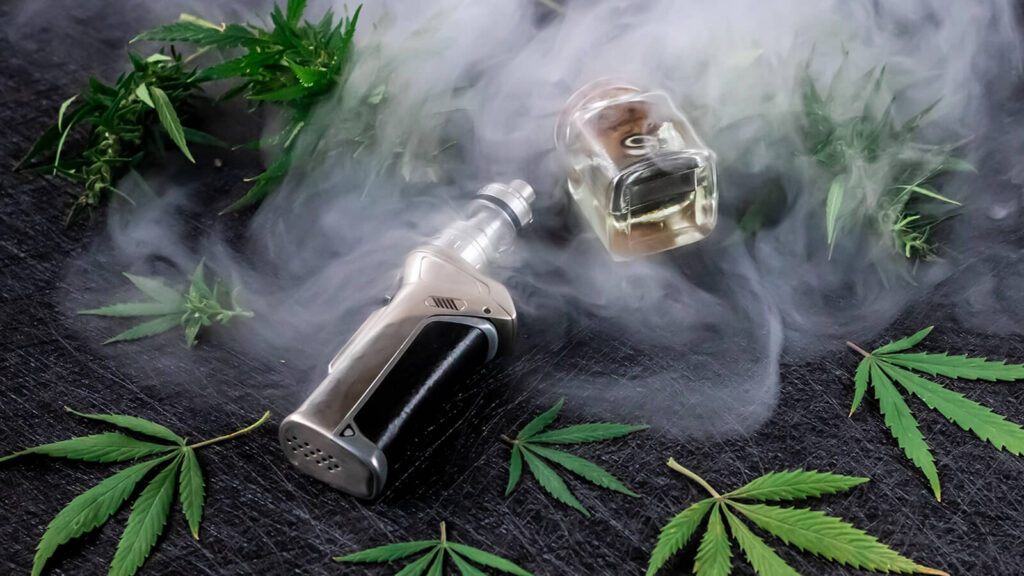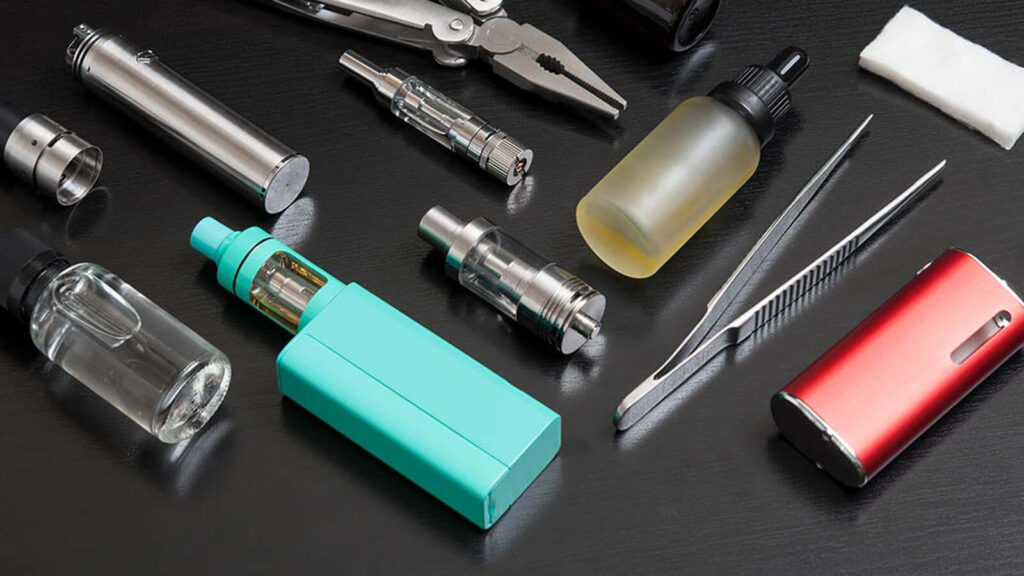Vaping and Lung Health: What You Need to Know

As vaping continues to rise in popularity, concerns about its impact on health, particularly lung health, have become a significant topic of discussion. While vaping is generally considered a safer alternative to smoking traditional cigarettes, it’s important to understand the potential risks. In this blog, we’ll explore what you need to know about vaping and its effects on your lungs.
Understanding the Basics of Vaping:
Vaping involves inhaling vapor from an electronic cigarette or vape device, which heats e-liquids containing nicotine, flavorings, and other chemicals. Unlike smoking, which produces harmful tar and other toxic substances, vaping eliminates combustion but still involves inhaling substances into the lungs.
What Does Research Say About Vaping and Lung Health?
The long-term effects of vaping on lung health are still being studied, but some immediate and potential risks have already been identified:
- Respiratory Irritation: Some vapers report experiencing throat irritation, coughing, or wheezing due to inhaling vapor. These symptoms are typically temporary but can indicate sensitivity to certain ingredients in e-liquids.
- Popcorn Lung: A rare condition, known as bronchiolitis obliterans or “popcorn lung,” has been linked to inhaling diacetyl, a chemical used in some flavorings. Although most e-liquids no longer contain diacetyl, it’s crucial to be cautious and choose e-liquids from trusted brands that avoid harmful additives.
- Lung Inflammation: Some studies suggest that the chemicals in e-liquids, such as propylene glycol and vegetable glycerin, can irritate lung tissues. Prolonged exposure could lead to chronic inflammation, although more research is needed to understand the full extent of this risk.
How to Vape Responsibly and Protect Your Lungs:
While vaping may not be completely risk-free, there are several ways you can protect your lung health and minimize potential harm:
- Use Quality Products: Always buy e-liquids and vape devices from reputable brands to ensure quality and safety.
- Avoid Overuse: Vaping in moderation is key. Overuse of any vaping product, especially those with nicotine, can lead to respiratory irritation and dependence.
- Regular Cleaning: Ensure your vape device is cleaned regularly to avoid buildup of residue that could affect your vaping experience and health.
- Stay Informed: Keep up with the latest research and be aware of any potential risks associated with new vape products or ingredients.
Conclusion:
Vaping can be a less harmful alternative to smoking, but like any activity, it should be done responsibly. By staying informed and choosing quality products, you can minimize the risks to your lungs and continue to enjoy vaping in a safe manner. Remember, your health is your most valuable asset, so always prioritize it in your vaping journey.









